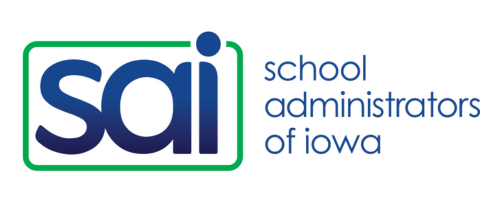Maximize Literacy Coaching
One way the principal can impact student achievement is through creating a culture of coaching. Reflect on actionable steps you can take next fall to optimize your coaching culture.
A recent article in Learning Forward’s The Learning Professional summarizes recent research findings of the ways in which elementary school leaders can support their literacy coaches. As you reflect on this past year and gear up for 2022-23, consider how you can foster each of the following:
-
Promote a positive school culture. Research continues to confirm the relationship between a positive school culture and coaching effectiveness. Leaders can influence culture by being visible and approachable. Connect with staff in the hallways. Inquire about them both personally and professionally. Share your own growth and development. Speak about the value of coaching.
The benefit of visibility reaches beyond the culture of the building and helps the leader be well-informed about the happenings in the building, which can facilitate conversations with stakeholders as questions and issues arise.
-
Cultivate a collaborative growth mindset. Leaders do this by modeling a learner’s mindset—get curious! Participate in your own coaching. Engage in professional learning and let staff know what you’re discovering! Communicate to staff the impact and effect of coaching. Create opportunities for teachers to share how coaching has benefited them and ultimately their students. Encourage teachers to collaborate with the coach. Take risks and foster a psychologically safe environment.
-
Schedule time for coaching. Schedule and structure time for coaches and teacher teams to meet – data team meetings, PLC time, staff meetings. Create scheduling opportunities (and expectations) for teachers to meet individually with the coach. If feasible, hire a substitute so the teacher and coach can collaborate and engage in professional learning.
-
Communicate regularly with coaches. Schedule time consistently and frequently to meet with your coach/es to discuss building data and trends, progress toward goals, and other celebrations and challenges. Honor confidentiality. Collaborate around next steps for professional learning and growth.
-
Communicate with other staff about the value of coaches and coaching. The beginning of the school year is a great time to revisit the purpose of coaching in your building. What is your vision for school improvement and how does literacy coaching contribute to fulfilling that vision? What are your expectations for coaches and teachers to work together? What does the coach do? How and when can teachers access the coach? The greater your clarity, the less anxiety staff will feel.
“These five actionable steps work together to create a coaching system, rather than pockets of good practice, so that principals, coaches, and the staff they support can elevate their teaching for the benefit of all students.”
Read the full article ( subscription required).
